venue and date: University of Tampere, Finland, 13–15 June 2018
LILI18 targets the social, affective and experimental in literature, and explores literary forms of mediation in everyday life. How are literary conventions and devices, both narrative and poetic, employed in social and cultural meaning-making? We investigate the use of stories and metaphors, affective tone and emotion-expressions, as well as literary experimenting, in literature and social life. This approach will allow literary scholarship to regain its focus on literary works and literariness, and open up the boundaries that in many research traditions have isolated artworks from the world of everyday life and routine textual practices. These boundaries are medial in nature, which means that the traffic between art and the everyday is mediated in the form of social, affective and experimental uses of narrative and poetic modes. We are consistently exposed to media platforms, both old and new, that sustain and challenge our perceptions of the world, and employ similar narrative and poetic, as well as rhetorical and aesthetic, means across the board. In this way, we are presented with medial representations that engage us both affectively and in terms of cultural knowledge. In effect, private experiences are mediated as a public process we may have little control over.
Confirmed keynote speakers:
· Prof. Amy Shuman, Department of English (folklore, narrative, and critical theory), The Ohio State University, US
· Prof. Winfried Menninghaus, Director of Max Planck Institute for Empirical Aesthetics, Frankfurt am Main, Germany
· Dr. Jan-Noël Thon, Department of Culture, Film and Media, University of Nottingham, UK
Topics may address but are not limited to (listed alphabetically):
· affects, emotion-expressions and effects in poetry and narrative
· experience and affectivity in mediation / demediation / remediation
· experiencing the experimental: affects, feelings, politics
· experimenting with the print medium: uses and misuses
· means of representing vicarious narrative experience
· medialities, modalities, and the concept of medium-specificity
· new media platforms and affective phenomena (e.g. virality)
· relationship between form and ideology, poetics and rhetorics
· representation of mind, emotions and consciousness in narrative and poetic environments
· representation of the everyday and everyday affects
· shifts between narrative media, intermedial blends and allusions
· situational affects and emotional scripts in life and literature
· traffic of literary modes and means between artistic and everyday storytelling
· types of narrative and narrativity in literature and new media
The length of your proposal for a 20-minute presentation should not exceed 300 words.
Add a bio note (max. 150 words) that includes your affiliation and email address.
Name your file [firstname lastname] and submit it as a pdf.
If you wish to propose a panel of 3–4 papers, include a description of the panel (max. 300 words), papers (max. 200 words each), and bio notes (max. 150 words each).
Submit your proposal at https://www.lyyti.fi/reg/lili2018_callforpapers by 15 Nov 2017.
Decisions on all proposals will be made by 15 Dec 2017.
Conference website: https://events.uta.fi/lili2018/
The Academy of Finland research project “Literary in Life”
https://www.uta.fi/ltl/en/plural/projects/ongoing/LILI.html

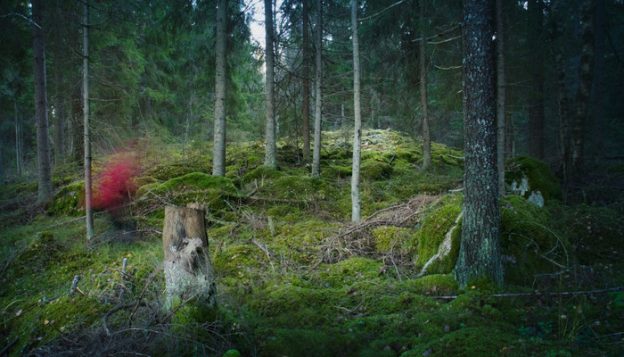
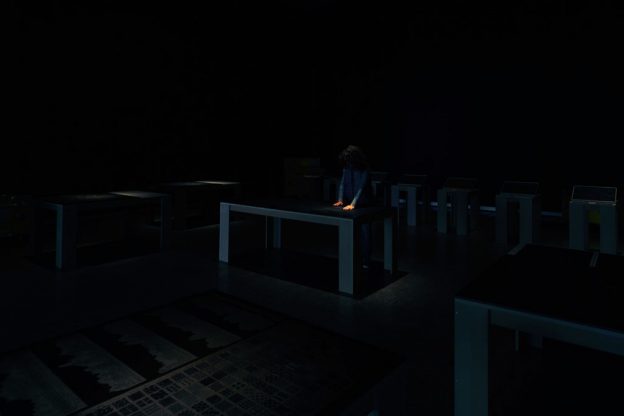
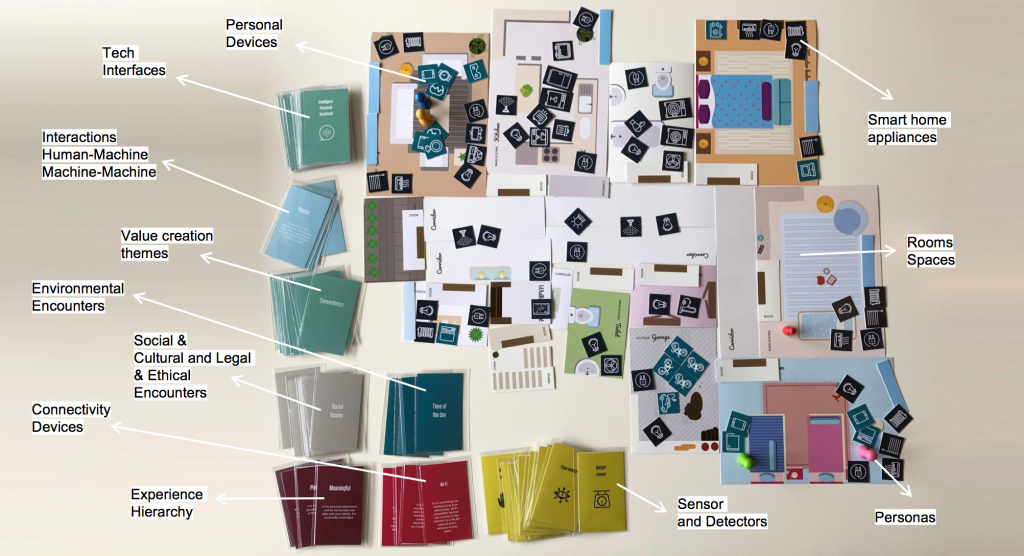
 Jane Vita – Brazilian living in Finland – Service Design Lead at Digitalist and Ph.D. student at Aalto, New media, LeGroup.
Jane Vita – Brazilian living in Finland – Service Design Lead at Digitalist and Ph.D. student at Aalto, New media, LeGroup.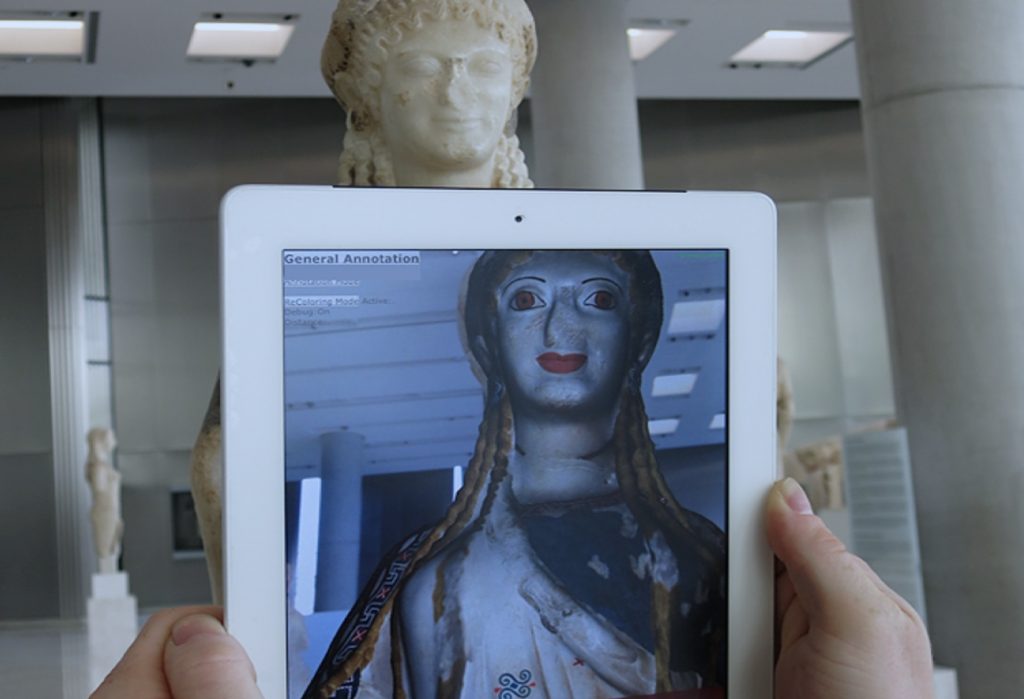
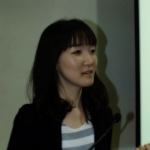 Jihye Lee is a visiting researcher at the Department of Media at Aalto University, and a recent PhD graduate in Film and Digital Media Design at the Hong Ik University, Seoul, South Korea. Her PhD thesis was about participatory process in mobile Augmented Reality with anthropological approach. She has worked in cultural institutions and colleges with interest in interactive storytelling and participatory design. Due to recent participation in digital heritage museum project in Korea, she has begun to focus on designing in digital heritage sector.
Jihye Lee is a visiting researcher at the Department of Media at Aalto University, and a recent PhD graduate in Film and Digital Media Design at the Hong Ik University, Seoul, South Korea. Her PhD thesis was about participatory process in mobile Augmented Reality with anthropological approach. She has worked in cultural institutions and colleges with interest in interactive storytelling and participatory design. Due to recent participation in digital heritage museum project in Korea, she has begun to focus on designing in digital heritage sector.